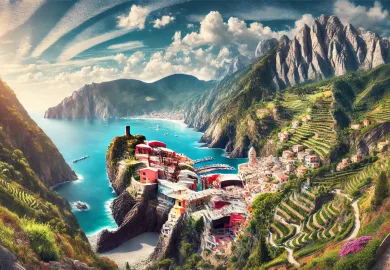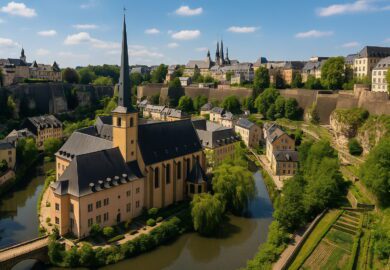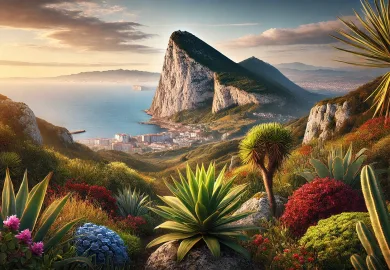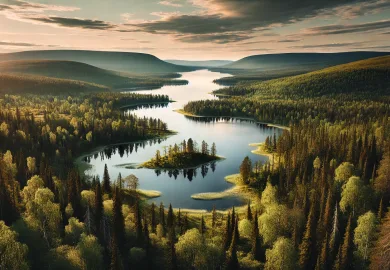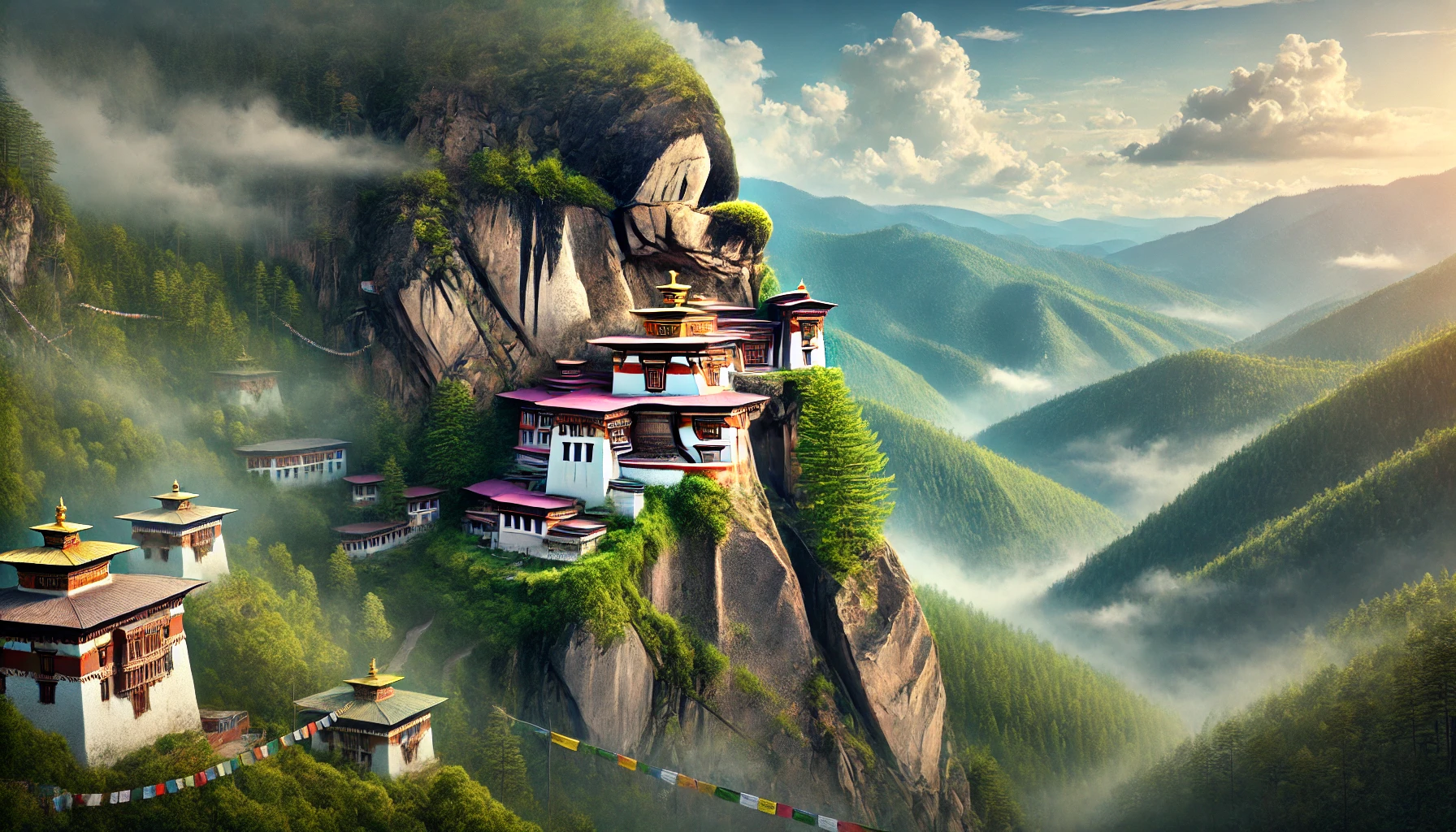
Nestled high in the Himalayan mountains, Bhutan is a small yet breathtaking country that has captured the imaginations of travelers worldwide. Known as the “Land of the Thunder Dragon,” this hidden gem is a place where traditions are woven into everyday life, and the landscapes are nothing short of magical. Bhutan is a destination like no other, where you can find untouched nature, ancient monasteries, and a deep connection to Buddhist culture. If you’re planning to explore this mystical land, get ready for an adventure that will take you off the beaten path and into a world filled with serene beauty and spiritual enlightenment.
Why Bhutan is a Must-Visit Destination for Nature Lovers
Bhutan offers a unique opportunity to immerse yourself in its unspoiled natural beauty. Unlike many other destinations, the country has gone to great lengths to preserve its landscapes, making it a sanctuary for those who love the outdoors. Hiking through lush valleys, trekking to high-altitude monasteries, and witnessing snow-capped peaks are experiences that make Bhutan a paradise for nature enthusiasts.
Bhutan’s commitment to conservation is evident in its Gross National Happiness (GNH) policy, which emphasizes environmental preservation. As a result, over 70% of the country is covered in forests, making it one of the most eco-friendly destinations in the world. The serene atmosphere of these green landscapes will leave you in awe of how nature can coexist harmoniously with local culture.
For those who love wildlife, Bhutan is home to rare species like the snow leopard, red panda, and the black-necked crane. The country’s diverse ecosystems, ranging from subtropical forests to alpine regions, provide a habitat for a wide variety of flora and fauna. Whether you’re a seasoned trekker or a casual nature lover, Bhutan’s natural treasures are bound to captivate your heart.
Exploring the Cultural Heritage of Bhutan: A Spiritual Experience
When it comes to culture, Bhutan is a country that prides itself on its Buddhist heritage. The traditions and customs of the Bhutanese people are deeply rooted in their spiritual beliefs, and this is evident in the country’s numerous monasteries and temples. A visit to Bhutan is not just about sightseeing; it’s a journey into a world where spirituality and everyday life are inseparable.
One of the most iconic spiritual sites in Bhutan is the Tiger’s Nest Monastery (Paro Taktsang). Perched on a cliffside, this monastery is a marvel of architecture and a significant pilgrimage site. The hike to the Tiger’s Nest is both challenging and rewarding, offering stunning views of the surrounding valleys and a deep sense of spiritual fulfillment upon reaching the top.
The country’s festivals, known as Tsechus, are a vibrant display of Bhutanese culture and religion. During these festivals, locals dress in traditional attire and perform masked dances that depict stories from Buddhist mythology. Attending a Tsechu is a fantastic way to experience the cultural richness of Bhutan and to witness the strong sense of community among its people.
Best Time to Visit Bhutan: Weather and Festivals
Timing your visit to Bhutan is crucial to make the most of your experience. The country’s climate varies greatly depending on the altitude, so knowing the best times to travel can enhance your adventure. Spring (March to May) and autumn (September to November) are considered the best seasons for visiting Bhutan, as the weather is pleasant, and the skies are clear, perfect for trekking and sightseeing.
During spring, the valleys come alive with blooming rhododendrons and other alpine flowers, creating a picturesque landscape. This season is ideal for exploring Bhutan’s diverse flora and for those who enjoy mild temperatures. The colors of nature during this time make it one of the most beautiful periods to visit the country.
In autumn, Bhutan hosts some of its most famous festivals, including the Thimphu Tsechu and the Paro Tsechu. These festivals are significant events in Bhutanese culture and offer a glimpse into the country’s rich traditions and religious practices. Planning your trip around these festivals will give you an authentic experience of Bhutanese culture at its finest.
Adventure Activities in Bhutan: Trekking, Rafting, and Beyond
For thrill-seekers, Bhutan offers a range of adventure activities that allow you to explore its rugged landscapes in unique ways. Trekking is one of the most popular activities in Bhutan, with trails ranging from easy hikes to challenging routes like the Jomolhari Trek and the Snowman Trek, considered one of the most difficult in the world.
Aside from trekking, white-water rafting in the crystal-clear rivers of Bhutan provides an adrenaline-pumping experience amidst stunning surroundings. The Pho Chu and Mo Chu rivers in Punakha are ideal for both beginners and experienced rafters, offering a mix of gentle rapids and exhilarating waves.
Cycling through Bhutan’s mountainous terrain is another great way to experience its natural beauty. The country’s well-maintained roads and scenic landscapes make it a paradise for cyclists. Riding through small villages and meeting locals along the way adds an extra layer of cultural immersion to your journey.

